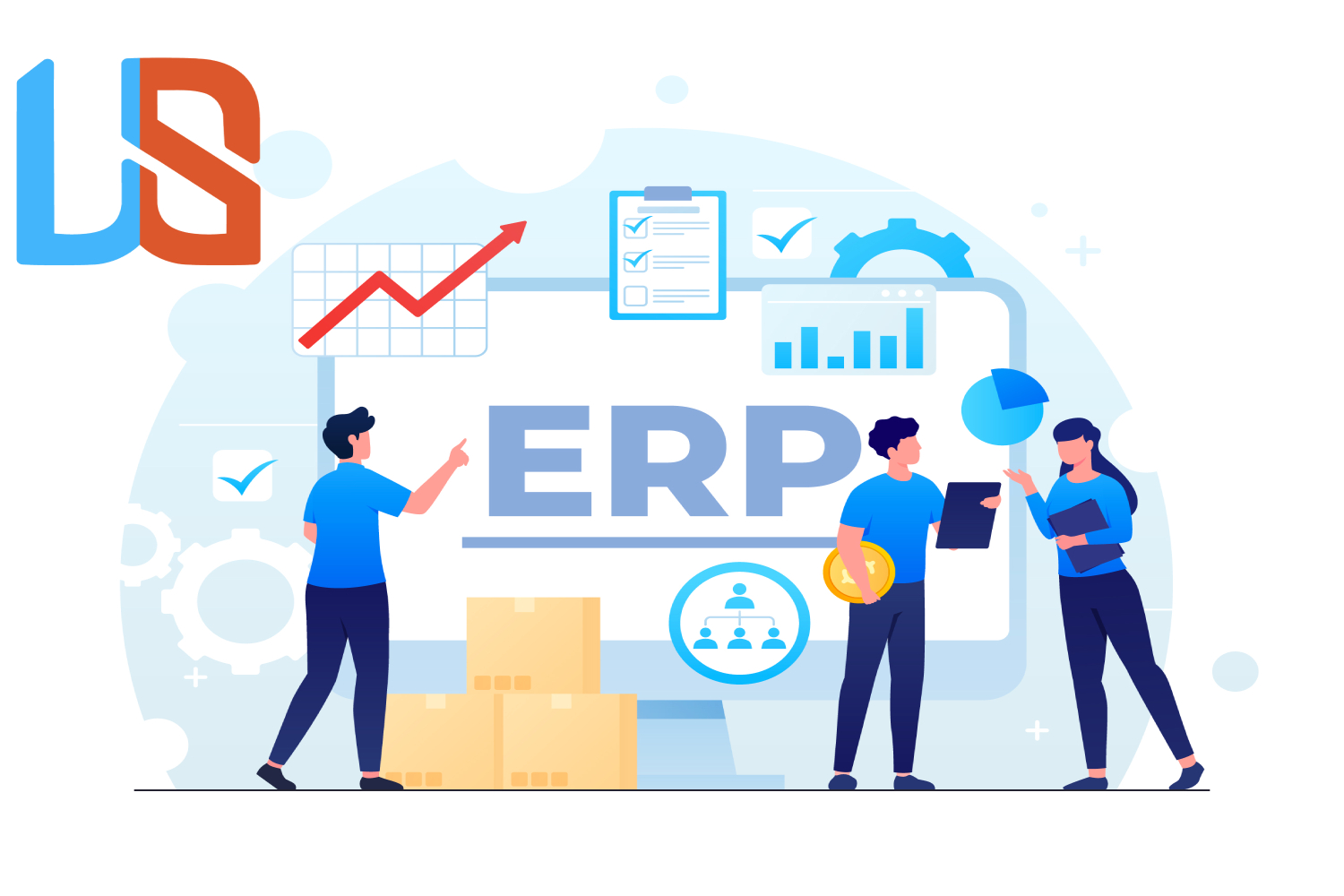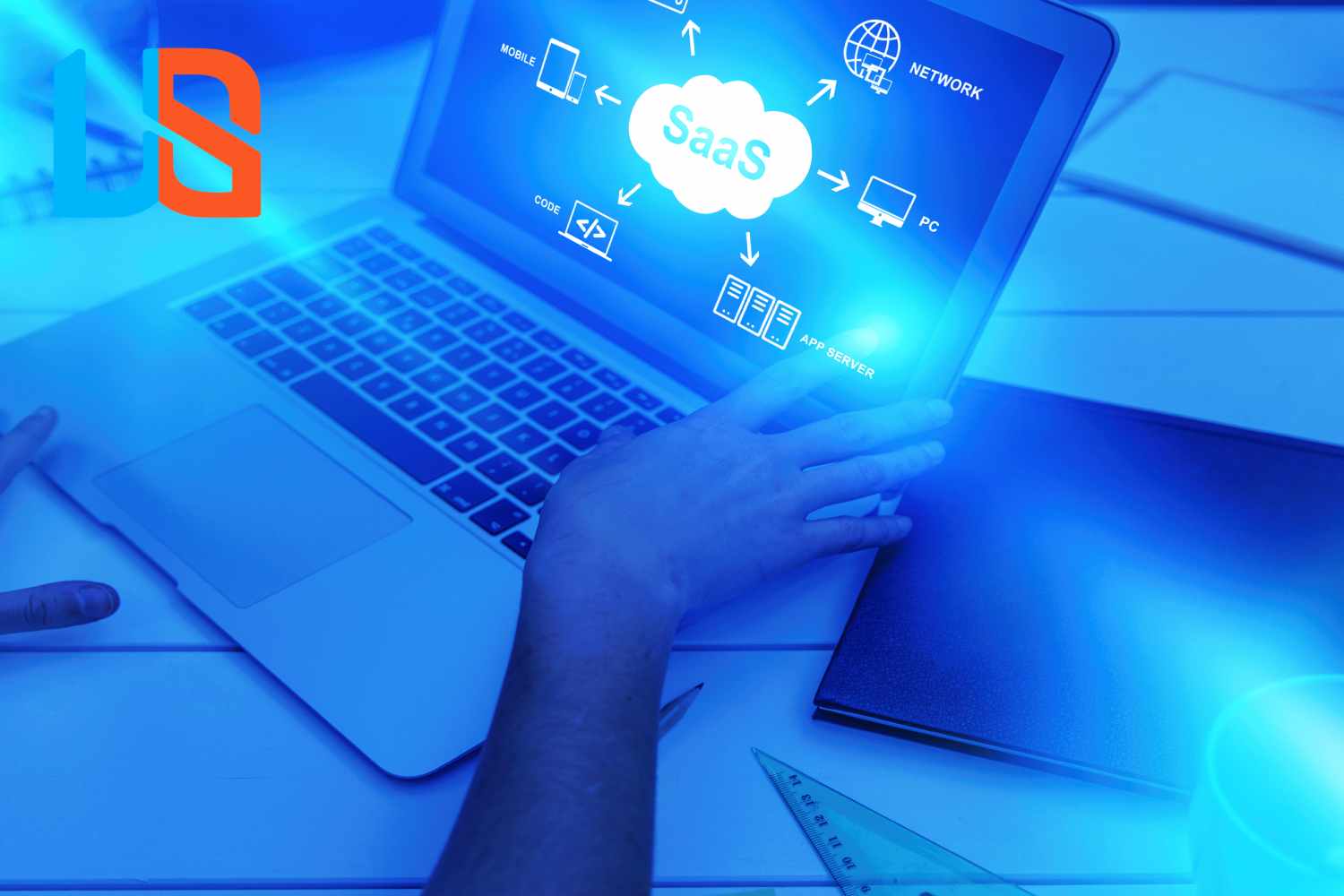
In today’s fast-paced and competitive business landscape, managing various aspects of a company’s operations efficiently is crucial for success. Enterprise Resource Planning (ERP) solutions have emerged as powerful tools that streamline and integrate essential business processes. In this article, we will explore the significance of ERP systems, their benefits, implementation challenges, and how they can revolutionize the way businesses operate.
Introduction
In today’s highly competitive business environment, companies are constantly seeking ways to optimize their operations and gain a competitive edge. ERP solutions have emerged as a game-changer in this regard, providing businesses with a comprehensive and integrated platform to manage their diverse processes efficiently. From finance and human resources to supply chain and customer relationship management, ERP systems bring together different functions under one roof.
Understanding ERP Solutions
2.1 What is ERP?
ERP stands for Enterprise Resource Planning, which refers to a suite of integrated software applications that enable businesses to manage and automate various back-office functions. These functions may include accounting, inventory management, order processing, human resources, and more. ERP systems facilitate seamless flow of information across different departments, ensuring data consistency and eliminating redundant tasks.
2.2 The Components of an ERP System
An ERP system typically consists of several core components:
- Financial Management: Manages accounting, financial planning, budgeting, and reporting.
- Human Capital Management (HCM): Handles employee data, payroll, performance evaluation, and talent management.
- Supply Chain Management (SCM): Manages procurement, inventory, order fulfillment, and logistics.
- Customer Relationship Management (CRM): Helps in managing customer interactions, sales, and marketing efforts.
2.3 Types of ERP Solutions
ERP solutions come in different forms, catering to the specific needs of various industries and businesses. The three main types are:
- On-Premises ERP: The ERP software is installed and maintained on the company’s own servers and infrastructure.
- Cloud-Based ERP: The ERP software is hosted and accessed over the internet, offering more flexibility and scalability.
- Hybrid ERP: A combination of on-premises and cloud-based solutions, allowing companies to choose which modules to keep in-house and which to host in the cloud.
The Importance of ERP for Businesses
3.1 Enhanced Efficiency and Productivity
Implementing an ERP system streamlines business processes, reduces manual intervention, and automates repetitive tasks. This enhanced efficiency leads to increased productivity, allowing employees to focus on more strategic and value-adding activities.
3.2 Real-Time Data Insights
ERP systems provide real-time access to critical business data and analytics. This empowers decision-makers with up-to-date insights, enabling them to make informed and data-driven choices that can positively impact the business.
3.3 Improved Decision Making
With a centralized database and consistent data, ERP systems enable better decision-making at all levels of the organization. The availability of comprehensive data ensures that managers can analyze trends, identify opportunities, and respond quickly to challenges.
3.4 Streamlined Workflows
ERP solutions promote streamlined workflows by facilitating seamless communication between different departments. This reduces bottlenecks, minimizes delays, and enhances collaboration across the organization.
Key Features of ERP Solutions
4.1 Integrated Data Management
One of the primary features of ERP systems is their ability to integrate data from various departments into a single unified database. This integration eliminates data silos and enhances data accuracy and consistency.
4.2 Automation and Workflows
ERP solutions automate routine tasks and workflows, reducing the need for manual intervention. This automation not only saves time but also reduces the likelihood of errors.
4.3 Customization and Scalability
ERP systems offer flexibility and scalability, allowing businesses to customize the software to suit their specific needs. Additionally, as businesses grow, ERP solutions can scale to accommodate increasing demands.
4.4 Reporting and Analytics
ERP systems come with robust reporting and analytics capabilities, providing valuable insights into key performance metrics and business trends. These reports aid in strategic decision-making and performance evaluation.
Selecting the Right ERP System
5.1 Assessing Business Needs
The first step in choosing the right ERP system is to assess the specific requirements and pain points of the business. Understanding the core functionalities needed and aligning them with the business objectives is crucial.
5.2 Vendor Research and Evaluation
Businesses must conduct thorough research on ERP vendors and their offerings. Factors such as reputation, customer reviews, implementation support, and pricing should be carefully considered.
5.3 User-Friendly Interface
An ERP system’s user interface should be intuitive and easy to navigate. Employees should be able to quickly adapt to the system with minimal training.
5.4 Mobile Accessibility
In today’s mobile-driven world, having an ERP system with mobile accessibility ensures that employees can access critical data and perform tasks on the go.
Implementing ERP Systems
6.1 Planning and Preparation
Before implementing an ERP system, a well-defined plan should be in place. This includes setting clear objectives, establishing timelines, and allocating resources.
6.2 Data Migration
Migrating data from existing systems to the new ERP can be a complex process. Ensuring data accuracy and completeness is essential during this phase.
6.3 Training and User Adoption
Proper training and change management strategies are vital for successful ERP implementation. Employees should be educated on how to use the new system effectively.
6.4 Testing and Troubleshooting
Thorough testing of the ERP system is necessary to identify and resolve any issues before going live. Continuous monitoring and troubleshooting ensure a smooth transition.
Overcoming ERP Implementation Challenges
7.1 Resistance to Change
One of the significant challenges during ERP implementation is resistance to change from employees. Effective communication and involving employees in the process can help address this challenge.
7.2 Budget and Resource Constraints
ERP implementation can be costly, and resource allocation can be a challenge for some businesses. Proper budget planning and resource management are essential to avoid cost overruns.
7.3 Data Security and Privacy Concerns
With sensitive business data being stored in the ERP system, ensuring robust security measures is paramount. Addressing data privacy concerns and complying with relevant regulations is crucial.
7.4 Integration with Legacy Systems
Integrating the new ERP system with existing legacy systems can be complex. Ensuring seamless data flow and compatibility between systems requires careful planning.
Measuring ERP Success
8.1 Key Performance Indicators (KPIs)
Identifying and tracking KPIs relevant to the business goals allows companies to measure the success of their ERP implementation.
8.2 User Feedback and Satisfaction
Feedback from employees about the usability and efficiency of the ERP system provides valuable insights for improvements.
8.3 ROI and Cost Savings
Measuring the return on investment and identifying cost savings achieved through ERP implementation showcases its value.
8.4 Future Growth and Expansion
An ERP system should be able to adapt to the company’s future growth and expansion plans.
The Future of ERP
9.1 AI and Machine Learning in ERP
The integration of AI and machine learning in ERP systems will enable more intelligent data analysis, predictive insights, and automation.
9.2 Cloud-Based ERP Solutions
Cloud-based ERP solutions will continue to gain popularity due to their flexibility, cost-effectiveness, and ease of scalability.
9.3 IoT Integration
IoT integration with ERP will allow businesses to collect real-time data from connected devices, optimizing various processes.
9.4 Industry-Specific ERP Systems
ERP systems tailored to specific industries will become more prevalent, addressing unique challenges and requirements.
FAQs
ERP plays a crucial role in integrating and automating various business processes, leading to enhanced efficiency and better decision-making.
Choosing the right ERP system involves assessing your business needs, researching vendors, considering user-friendliness, and evaluating mobile accessibility.
Some common challenges include resistance to change, budget constraints, data security concerns, and integration with legacy systems.
ERP solutions offer benefits such as improved productivity, real-time data insights, streamlined workflows, and better collaboration.
The future of ERP includes AI and machine learning integration, cloud-based solutions, IoT integration, and industry-specific ERP systems.
Conclusion
In conclusion, ERP solutions have revolutionized the way businesses manage their operations, offering a comprehensive platform to streamline processes and improve efficiency. The importance of ERP in providing real-time insights, enhancing decision-making, and promoting collaboration cannot be overstated. While the implementation process may present challenges, careful planning and user-focused strategies can ensure successful adoption. As technology continues to evolve, ERP systems will continue to play a vital role in helping businesses thrive and stay ahead of the competition.





